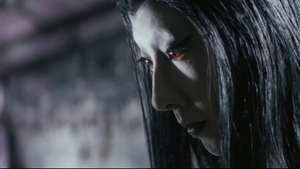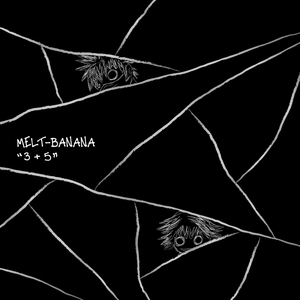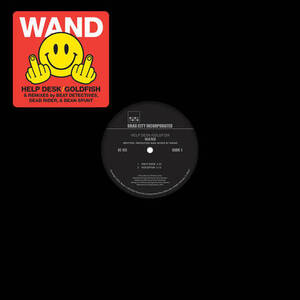
Lean Year
Sides
Western Vinyl
The Lean Year’s second album, Sides, was always going to be about tragedy, but what was originally intended as an exploration of conflict—world and otherwise—changed course after musician Rick Alverson’s parents died, followed by vocalist Emilie Rex’s mother’s cancer diagnosis and the sudden death of the family dog. While the title remained unchanged, the resulting album was no longer about opposition and the spaces created from lines drawn in the sand, instead focusing on liminality—the passage between sides—and the expanding space between the living and the dying. The result is a poetic, mournful, and sometimes downright cinematic soundtrack of the experience of grief.
Fans of the band’s first album will notice that Sides is sparer in instrumentation than its predecessor. Aural richness is supplied by the alternating strength and fragility of Rex’s vocals, which land somewhere between those of Cat Power’s Chan Marshall and Jolie Holland, and the subtle traces of the band’s folk and Americana roots. Exemplified by the opening track, “Legs,” as well as the standout “The Trouble with Being Warm,” the album listens like a sonic room designed for processing emotion and experience. The song echoes with Rex’s breathy solitary voice, only joined in harmony to emphasize the foreboding, foreshadowing lyric, “two by two they go… and their friends they just don’t know about the big thing up ahead,” while a collage of sounds wafts in through the cracks: a lonely saxophone here, the tinkling fragility of the kalimba there. The instrumentational spareness is just quiet enough to let the pain shine through.
Sides finds Lean Year playing in the deep, dark end of the emotional spectrum. The songs are less about death than they are about the process of dying and its impact on the living. At once cerebral and emotional, the songs relay a sense of disquiet, a sense of the inevitable. “A pox upon your health… an end to all you know. I just want to go in the nighttime,” Rex sings in the sorrowful lullaby “Nitetime.”
“End” wields saxophone like a Morphine song as it plumbs the depths of disorientation. “Don’t know where I am, don’t know where I’ve been,” Rex laments. “If you play my part, tell me which one I am.”
As the songs march toward their certain conclusion, the separation of the living from the dying is expressed through their bodies. Bodies tether them together and mark their severance from each other. There is falling and lifting up and reaching out; bodies must be wrestled and arranged, pushed and pulled. And, even when it’s over, the living, who can’t stop sensing, observing, and feeling, are left with the pain of being alive. How lucky we are that the creation of this album was their salve.












